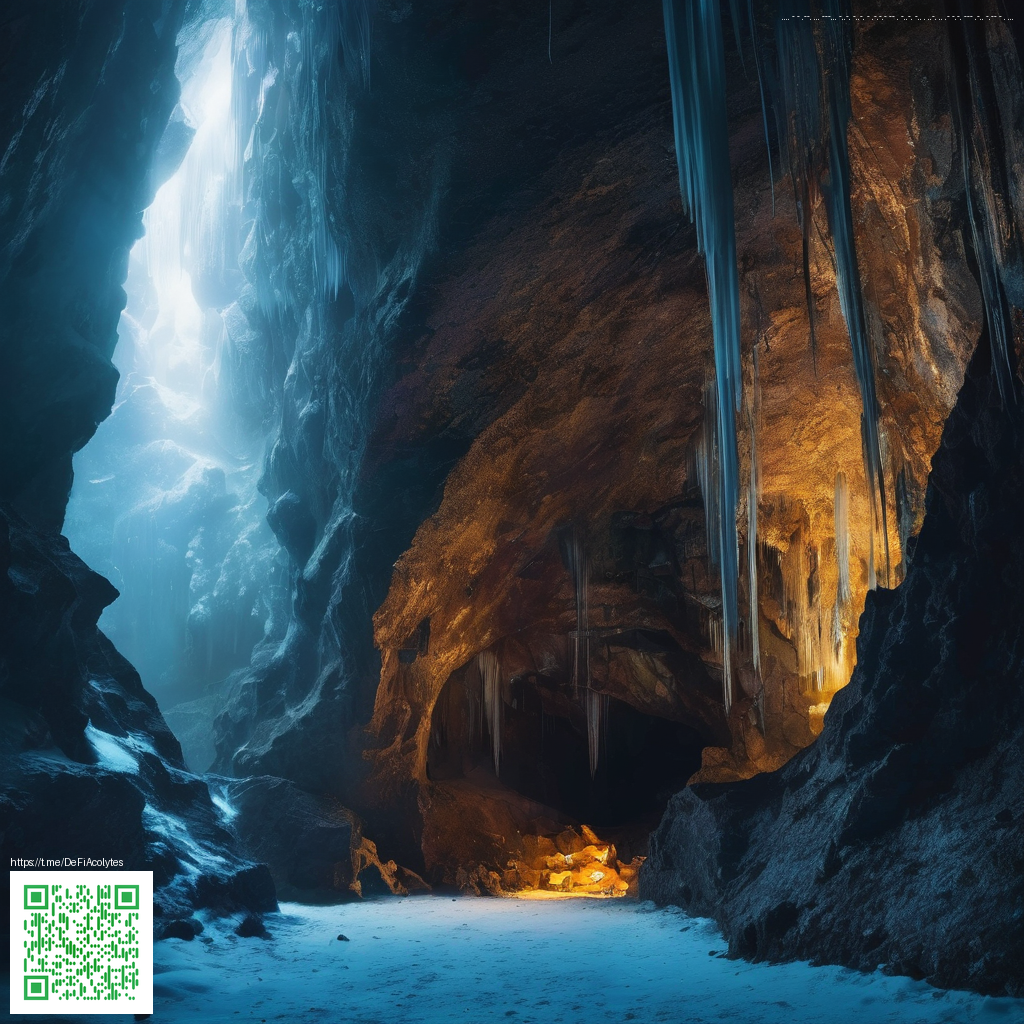
Minecraft players are always chasing that perfect balance between secrecy and accessibility. A hidden base isn’t just about a single doorway; it’s a carefully designed micro-world where entrances feel earned, rooms feel expansive, and every block has a purpose. If you enjoy crafting clever spaces that stay off the radar, you’re in good company. The idea isn’t merely to hide, but to create a believable habitat where redstone systems, storage, and safe rooms work in harmony with your build’s theme.
Smart Foundations for a Hidden Base
Begin with a clear purpose in mind. Do you want an ultra-secure vault, a stealthy scout outpost, or a luxurious retreat tucked away in a hillside? Your purpose shapes the layout, lighting, and access points. A popular approach is to start with a simple surface feature—a hollow log, a cliff face, or a waterway—then dig in layers below. The beauty lies in the reveal: doors that swing open to reveal a hidden corridor, then a larger chamber beyond, all camouflaged to look like natural terrain.
Underground Forts and Subterranean Hubs
Digging downward creates an air of mystery and resilience. An underground hub can hold farms, chests, and a command center without drawing attention. Camouflage it with layered stone, moss blocks, and subtle lighting to keep the exterior looking unassuming. Consider:
- Secret staircases that switch on with a subtle pressure plate or a hidden piston door.
- Stacked storage rooms aligned along a central corridor for easy organization.
- Redstone-controlled airlocks that require a sequence to access the main vault.
Pro tip: treat the base like a living space. Add small comfort features—a hidden brewing alcove, a quiet reading nook, and a personal map room. It makes your base feel real, not just functional.
Natural Camouflage and Exterior Tricks
One of the trickiest parts of a hidden base is convincing the exterior to blend with its surroundings. Mossy cobblestone, oak supports, and water features can disguise entrances without sacrificing interior space. A classic approach is to build the access point into a hillside, behind a waterfall, or beneath a large tree canopy. Exterior textures that echo the local biome help maintain that seamless appearance.
- Hidden stairways behind a waterfall that opens with a concealed lever.
- Exterior cladding that mimics natural rock formations or forest floors.
- False fronts—decorative crates or crates that double as doors when pressed.
Vertical Hideaways: Sky Forts and Tree Markets
Don’t forget about altitude. A hidden base can live high in the canopy or perched on the side of a cliff, accessed by a concealed elevator or a trapdoor along a branch. For a tree-based concept, a hollowed trunk can host workstations, a furnace room, and a hidden exit leading to a ladder that disappears behind foliage. For cliffside builds, a compact observatory or an “airlock” chamber can feel cinematic while staying practical.
When you design vertically, you also create dramatic sightlines. Use glass panes sparingly to avoid giving away the interior while letting sunlight brighten working areas. Lighting is your friend here: warm lanterns tucked into crevices can guide you through a hidden corridor without tipping off any visitors.
Blueprints, Puzzles, and Practical Secrets
Hidden bases shine when clever puzzles and utility meet thoughtful design. A base that integrates storage, crafting zones, and farms in compact layers saves space and keeps you involved in the build. Here are a few ideas that blend practicality with intrigue:
- A central piston door that opens only after you solve a multi-step pattern on a wall panel.
- Rotating sections that reveal a corridor behind a rock face when a specific block is placed in a sequence.
- Secret farms tucked behind a waterfall or behind an illusionary bookshelf that swings open at a lever pull.
For those who enjoy planning with tactile tools, a reliable desk setup can make world-building feel more immersive. If you’re shopping for gear to accompany long planning sessions, a neoprene mouse pad (round or rectangular, non-slip, personalized) can provide a comfortable, precise surface as you draft blueprints and test redstone circuits. It’s the kind of practical touch that keeps your creative momentum intact.
Curious minds often circle back to inspiration sources. You can explore more creative ideas and reader-made builds at https://y-vault.zero-static.xyz/4549bca4.html, which showcases a variety of clever hidden base concepts that spark new approaches to your own world.
Inspiration in Practice
Take a moment to sketch your plan on paper or a digital tablet before you begin digging. Even a rough map helps you place entrances, storage, and farms without bending the terrain to your will. The most successful hidden bases translate a player’s comfort into a navigable interior—where every tunnel feels purposeful and every room invites exploration.